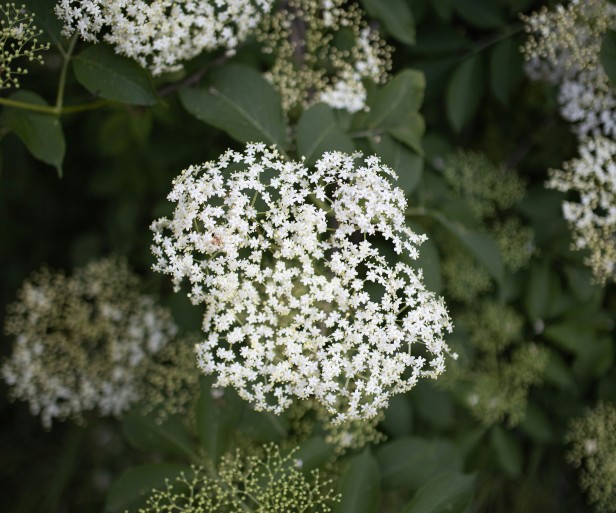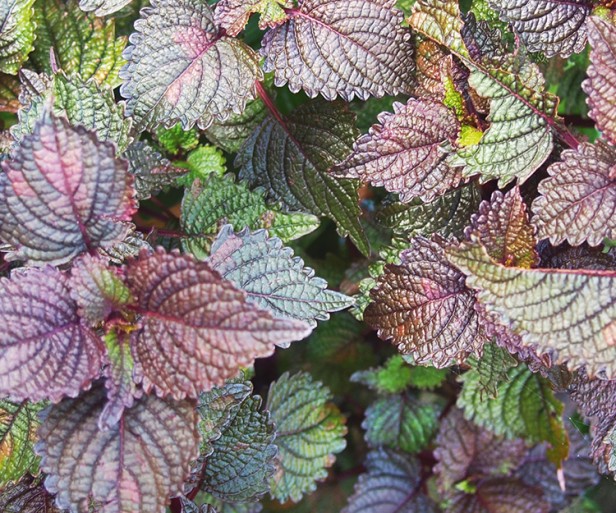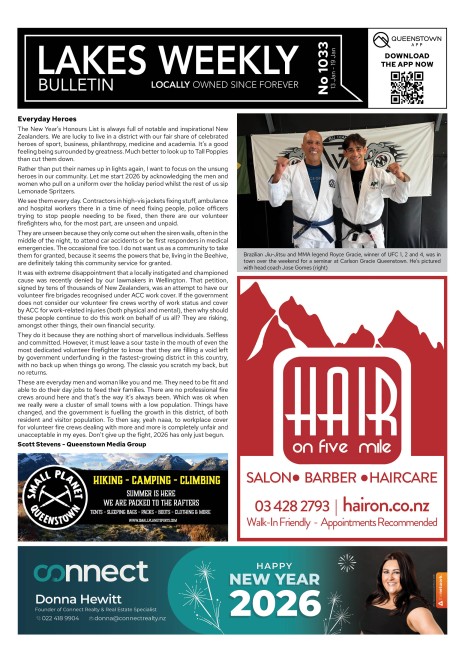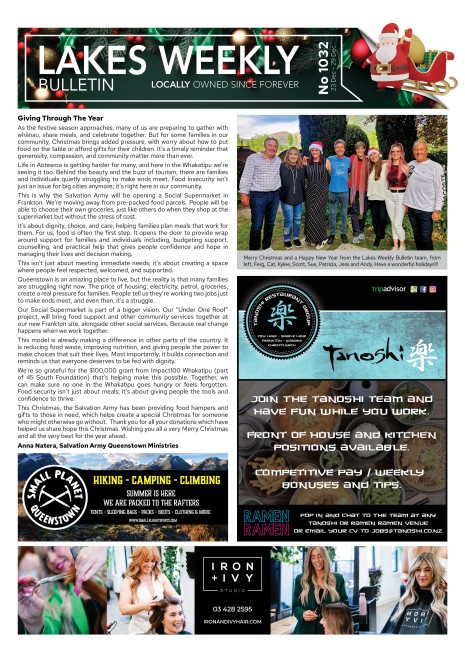Why not plant one apple (or peach) tree this winter / spring
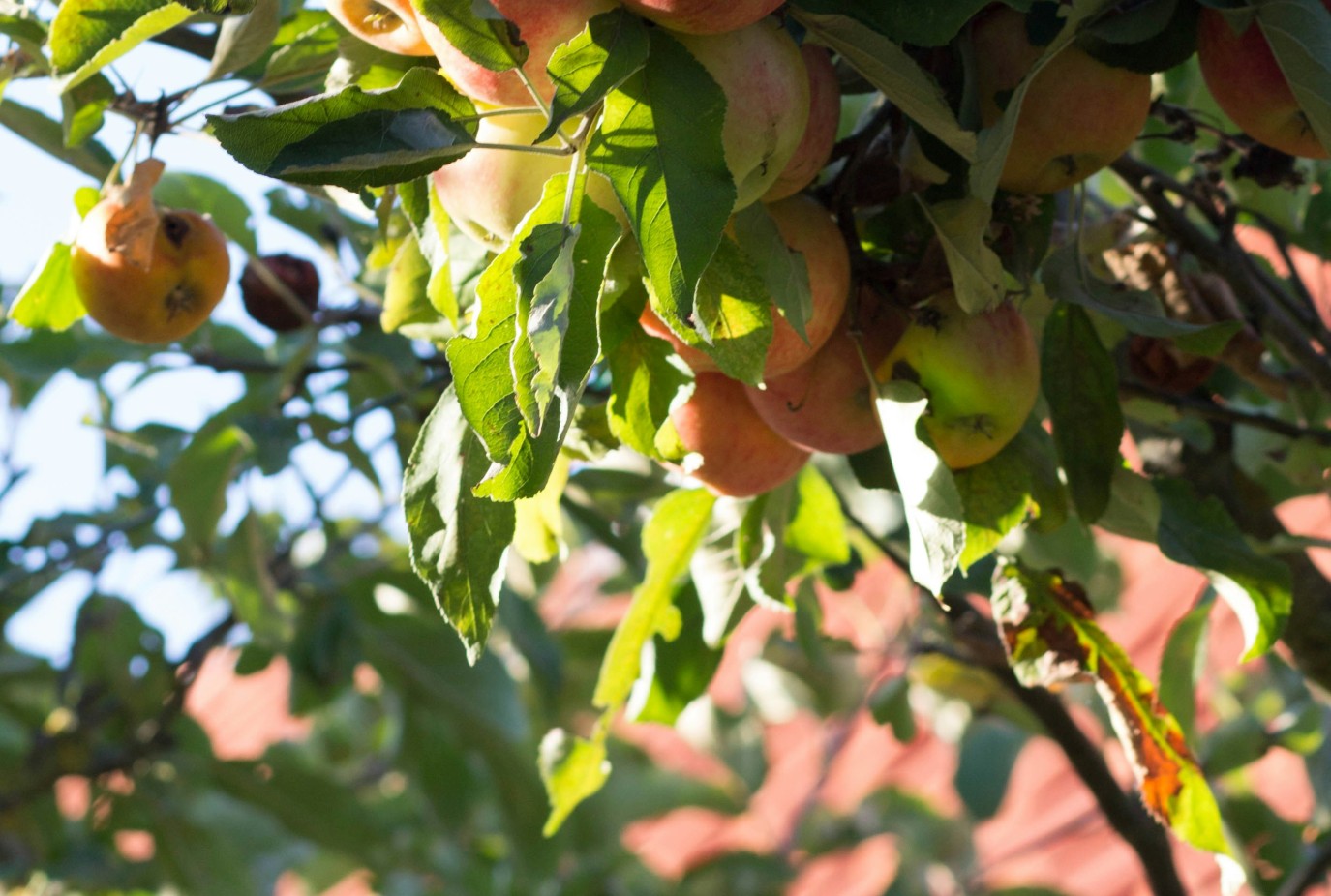
What’s the one thing we can all plant that will have the most benefit to our food eating lives for years and years to come? Well, from the title you can deduct my opinion very quickly. Some may prefer other fruit trees we can plant in this region: plums, apricots, pears, cherries, and peaches to name a few. As I write this, I’ve changed my mind. I cannot go past peaches; they must be one of the best fruits. You’ll see why later on.
After three years of growing an apple or peach tree, we start to get fruit. If we’re lucky, we get lots of fruit every year. Yes, there is some luck involved, as we can get late devastating frosts in this area. A friend of mine had 14 fruit trees all laden with fruit last September, but by the end of September there was absolutely no fruit. All the fruit was smashed by hard spring frosts.
So, consider the location for your lucky tree. A spot that has a bit of a microclimate, somewhere naturally warm. It might be north facing close to a fence. Something that’s modifying your climate. It might be you plant at the top or mid slope rather than at the bottom where the frost slides down to. I like to sneak a fruit tree amongst some low growing natives. They seem to do really well. Consider espaliering your apple on a north facing wall or fence. The French and English ‘espalier’ to great success, especially when growing fruit in more marginal areas. Lots of YouTube videos to check out on this topic. Apples are the easiest for espaliering.
Now, onto choosing a variety. With apples we are lucky enough to have access to plenty of old heritage varieties. Consider planting your favourite apple from your childhood. Or what’s your favourite apple now? Varieties like Monty Surprise, Granny Smith, Splendour and Braeburn all do well.
When looking at the label make sure the apple is ‘self-fertile.’ Many are partial or require other apples nearby. All good if you’re planting an orchard or your neighbours have plenty of apple trees. Not so good if your apple is lonesome.
Then consider the rootstock the apple is grafted on. Rootstocks have a few qualities, the main one is restricting the size of the final tree, so you don’t end up being shaded out by a huge apple tree, that’s also hard to harvest fruit from.
M9 and M27 are generally very small trees that need staking. I recommend an apple variety that’s grafted onto M106. That said if you’ve got a small space then those miniatures are fantastic or consider espaliering on your north and west facing fences. Use a MM106 rootstock here.
Last thing to consider is when the apple will fruit. Early, mid, or late season. If you’re planting a lot of trees, you can cover all parts of the season. If you’re just planting one or two consider opting for mid- to late-season ripening varieties. Often these are great storers and you’ll get a few months keeping them in a cool garage and grabbing them as you need them.
I couldn’t pass on the peaches!! You just can’t beat a tree-ripened peach. I am a fan of later ripening peach varieties. They seem to be less affected by late frosts and give us peaches every year. You can’t beat peaches at the end of March into April. Consider varieties like April White, Golden Queen and Gordon’s Glory.
This winter we’ve been eating fresh peaches every week!!! When the fruit on our laden peach tree was ripe, we would busy ourselves halving and removing the peach pit. Then vacuum packing them. Then into the freezer.
Here are some tips to consider when planting and during the life of the tree:
- Remove the fruit for the first three years to allow the tree to focus on growing bigger.
- Deep watering once a week during the summer months will increase tree growth and fruit size.
- When you first plant the tree make sure to pop some compost and even some sheep pellets in the hole. If you’re using Bokashi buckets, bury the whole bucket’s contents underneath the tree. Make sure to dig a deep hole. Allow 5-10 cm of soil between the Bokashi compost and the tree roots.
- Mulch with wood chips or straw. Suppressing grass competition will lead to bigger, healthier, and happier trees. Overtime you can add living mulches like comfrey, fennel, and strawberries.
- Thinning fruit. Pruning in the first three years will encourage growth and build the tree shape you’re after.
- When the birds start eating your fruit it’s a sure sign the fruit is almost ready, start picking and eating.
Happy composting and gardening.
Dr Compost aka Ben Elms is a permaculture and gardening expert who’s been operating in the unusual Central Otago climate for over 20 years. Funded by QLDC and delivered by Wanaka Wastebusters, the Dr Compost project aims to reduce organic waste going to landfill.
Got a question? Check out @drcompost on Facebook or benelms.com

